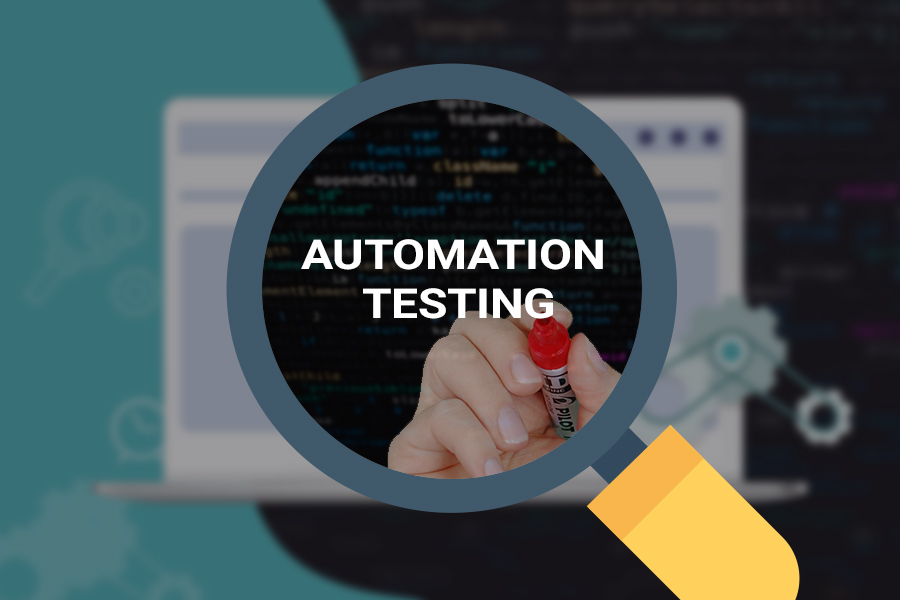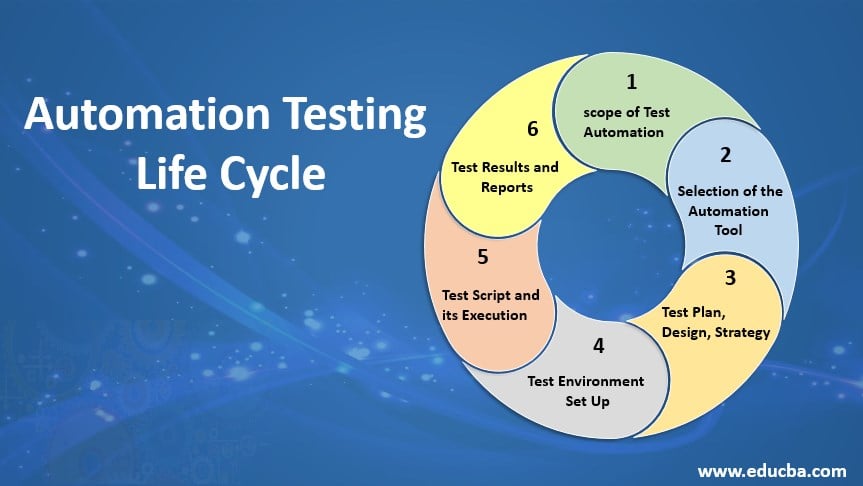Automation Testing: Secret Steps to Enhance Development Lifecycles
Automation Testing: Secret Steps to Enhance Development Lifecycles
Blog Article
Ensuring Success in Automation Evaluating: Trick Metrics, Challenges, and Solutions Every QA Group Should Know
In the realm of software program quality guarantee, the landscape of automation testing is ever-evolving, requiring a precise technique to make certain seamless operations. The journey to grasping automation screening is led with nuances that require a keen eye for monitoring, analysis, and constant renovation. As the sector moves ahead, the quest for optimum performance in automation screening remains a continuous search, prompting QA teams to equip themselves with the expertise and techniques vital for victory.
Importance of Key Metrics
Comprehending the value of essential metrics is necessary for evaluating the performance and effectiveness of automation screening processes. Key metrics work as quantifiable steps that supply useful understandings right into numerous aspects of the testing process, such as test coverage, test implementation time, defect density, and test situation efficiency. By evaluating these metrics, QA teams can determine traffic jams, ineffectiveness, and locations for improvement within their automation screening structure.
One vital aspect of essential metrics is their ability to track progress and keep an eye on the overall wellness of the screening process (automation testing). They enable stakeholders to make educated choices based upon data-driven understandings, which can lead to extra reliable screening techniques and better resource appropriation. Furthermore, key metrics can help teams established realistic goals, measure the success of automation initiatives, and demonstrate the ROI of automation screening initiatives

Typical Obstacles Faced
Difficulties commonly encountered in automation screening processes can dramatically impact the general effectiveness and performance of QA teams. One of the major challenges is the option of the right test instances for automation. Not all examination situations appropriate for automation, and picking the wrong ones can bring about wasted time and sources. Additionally, preserving examination manuscripts can be a complicated job, particularly as the application undertakes regular modifications. Examination manuscript upkeep requires constant updates and modifications to ensure they mirror the existing capability properly. One more common challenge is the first financial investment required for establishing automation structures and devices. This can be an obstacle for some organizations, specifically smaller sized ones with restricted budget plans. Moreover, automation testing may not cover all elements of screening, such as usability and individual experience screening, which still call for hand-operated treatment. Getting rid of these challenges requires appropriate planning, calculated test situation option, durable maintenance procedures, adequate sources, and a clear understanding of the limitations of automation screening.
Efficient Solutions for Challenges
To resolve the obstacles encountered in automation screening, carrying out effective remedies is essential for enhancing the efficiency and efficiency of QA teams. One essential option is to invest in durable training programs for QA teams to guarantee they have the required skills to effectively use automation devices. Training can bridge knowledge spaces, boost understanding of automation structures, and boost scripting abilities, eventually resulting in extra efficient test development and implementation.
Another crucial solution is to establish clear communication channels within the QA group and with other stakeholders, such as developers Continued and project supervisors. Efficient communication assists in lining up expectations, sharing progress updates, and immediately attending to issues or obstructions that might emerge during the automation testing process.

Tracking and Analysis Techniques
Applying reliable tracking and analysis techniques is critical for ensuring the success and performance of automation testing processes. Furthermore, examining examination results and metrics provides beneficial understandings right into the high quality of the software application being tested and the efficiency of the testing technique.
One key technique in tracking and analysis is using dashboards that combine relevant metrics and KPIs in an aesthetically accessible layout. These control panels offer an extensive review of examination implementation standing, test coverage, flaw patterns, and various other crucial information. Frequently examining and evaluating these control panels can aid QA groups make educated decisions, prioritize tasks, and enhance screening initiatives.
In addition, carrying out automated signals and notices based upon predefined thresholds can boost aggressive tracking and prompt treatment. By establishing up notifies for performance variances or examination failures, groups can attend to concerns quickly and avoid them from intensifying. In general, tracking and evaluation methods play a vital duty in making sure the effectiveness and success of automation testing initiatives.
Constant Renovation Methods
Enhancing the efficacy of automation testing procedures necessitates the regular refinement of methods and methods. Continuous improvement methods are essential for QA groups to adapt to developing innovations and supply high-quality software. One key approach to boosting automation screening processes is to conduct routine reviews and retrospectives. By examining previous testing cycles, teams can identify traffic jams, inadequacies, and areas for enhancement. Carrying out feedback loops and incorporating lessons learned right into future testing frameworks can produce considerable enhancements gradually.

Final Thought
In final thought, it is crucial for QA teams to understand the vital metrics, difficulties, and services in automation screening to make certain success. By thoroughly keeping an eye on and analyzing data, applying effective services to usual difficulties, and constantly improving techniques, QA teams can enhance their screening processes and deliver top quality software. Sticking to these techniques will inevitably cause extra effective and effective automation screening methods.
By assessing these metrics, QA groups can recognize bottlenecks, ineffectiveness, and areas for improvement within their automation testing framework.
Additionally, crucial metrics can assist teams set sensible objectives, gauge the success of automation campaigns, and show the ROI of automation testing efforts.
Obstacles commonly run into in automation screening processes can dramatically affect the overall efficiency and performance of QA groups. Automation screening might not cover all facets of testing, such as functionality and individual experience screening, which still require hand-operated intervention.In verdict, it is essential for QA groups to understand the vital metrics, challenges, and remedies in automation screening to guarantee success.
Report this page